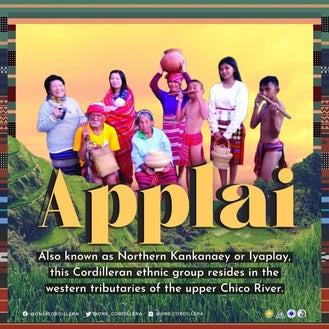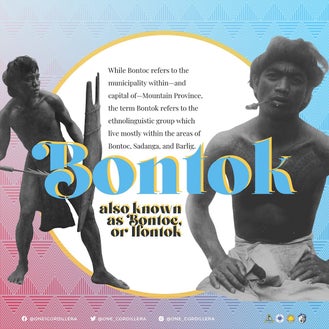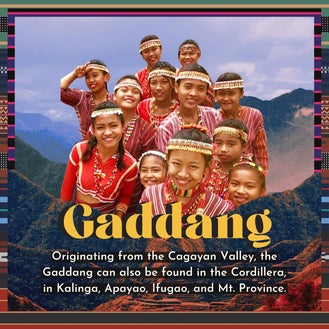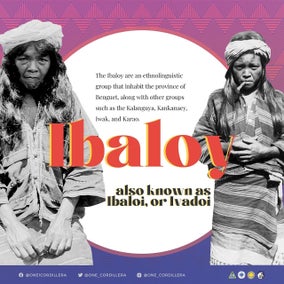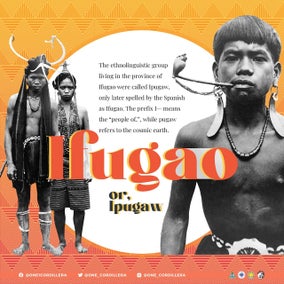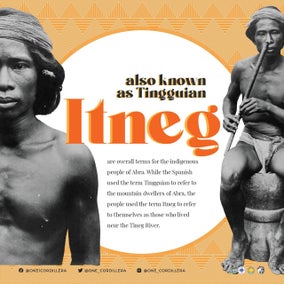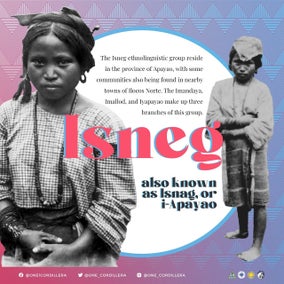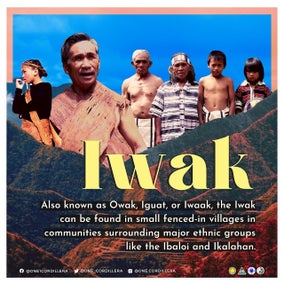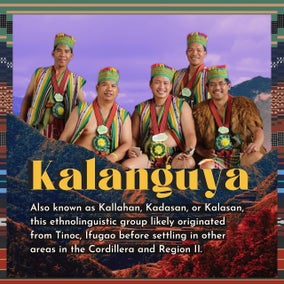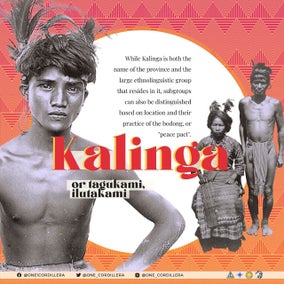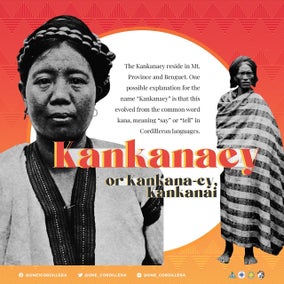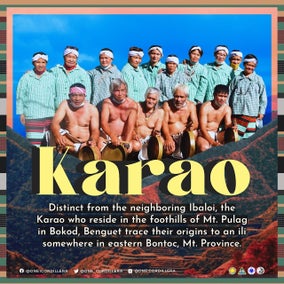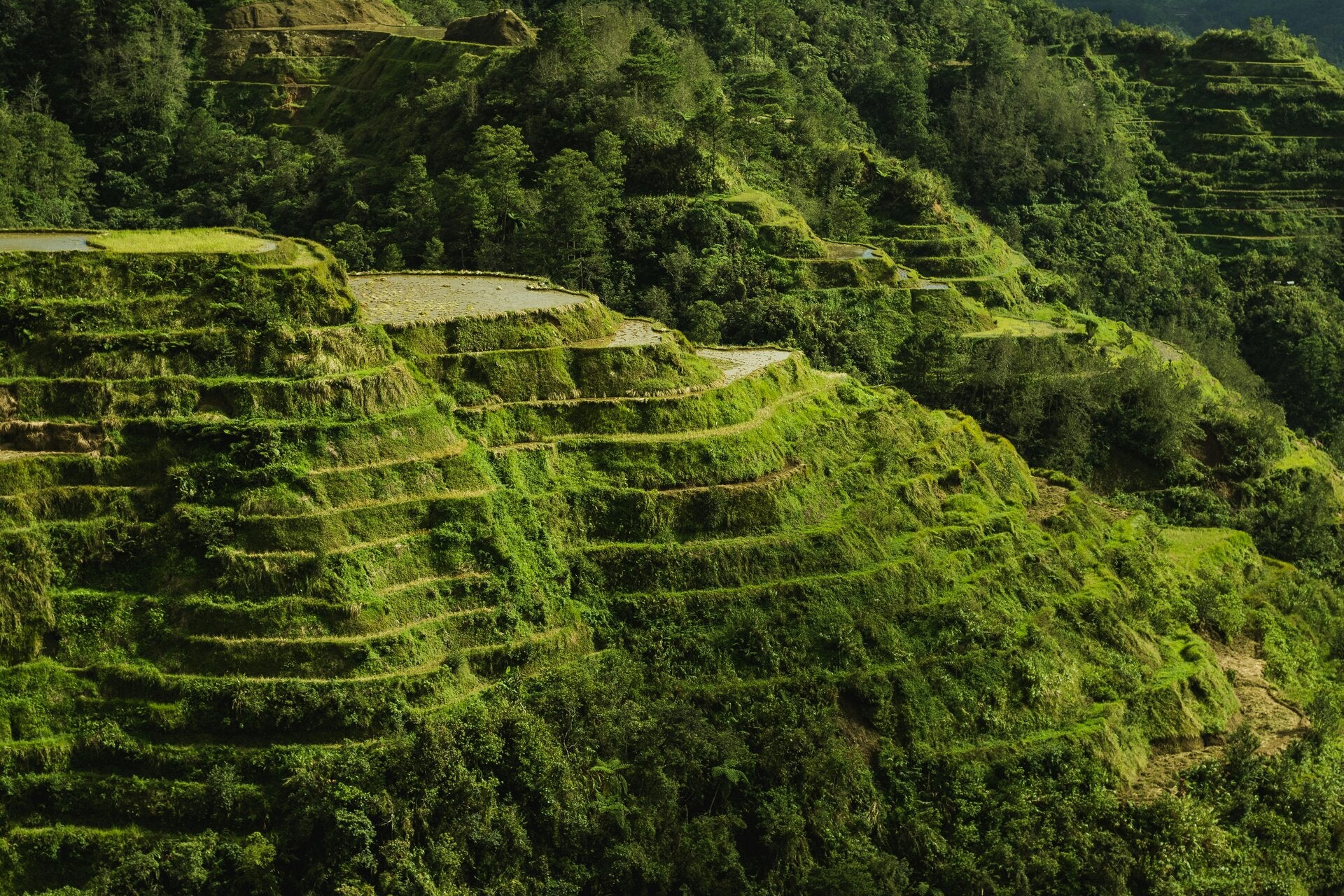
Who are the Igorots?
DEFINITION
"Igorot" is an umbrella term for the various ethno-linguistic indigenous tribes of what is now known today as the Cordillera Autonomous Region; an area previously labeled as Mountain Province by the United States government some time after attaining the Philippines from Spain with the Treaty of Paris (1898). It means “mountaineer” from the root word “golot,” an old Tagalog word that means “mountain chains,” and the prefix “i,” which means “people of.” A long time ago, people living in the highlands of northern Luzon didn’t call themselves “Igorot.” They identified by their village names or tribe names—like Ifugao, Bontok, or Kankanaey. However, when Spanish colonizers arrived, they needed a name for these communities. They borrowed the word “Igolot”, which appeared in the first records of Spanish conquests in North Luzon in 1698.
According to historian William Henry Scott , “Igorot” wasn’t a single tribe—it was a label created by outsiders, and also reflects a story of survival, resistance, and pride in being from the mountains. Later, the spelling changed to “Igorot”, and Americans used it in official surveys. Not everyone liked the name as some lowlanders would use “Igorot” as an insult, and in 1958, Luis Hora, a congressman from the Mountain Province, tried to ban the word. Still, many highland groups began using “Igorot” proudly, including those who have become citizens in countries outside of the Philippines; reclaiming it as a symbol of a unity among the tribes.
THE ETHNOLINGUISTIC TRIBES

